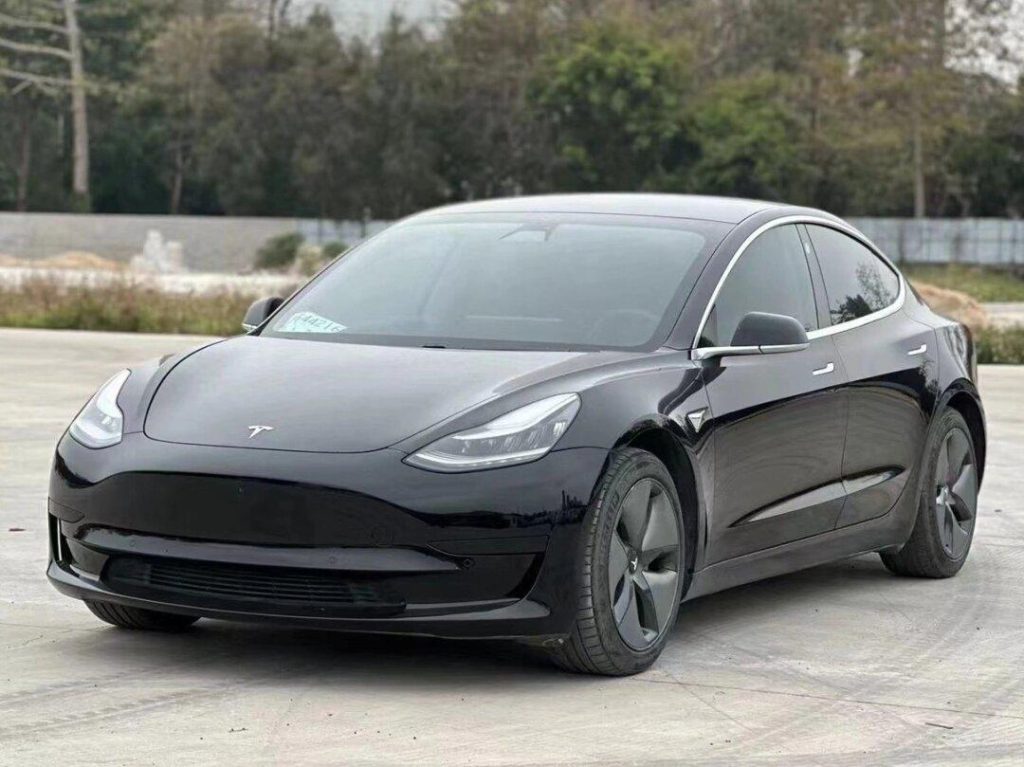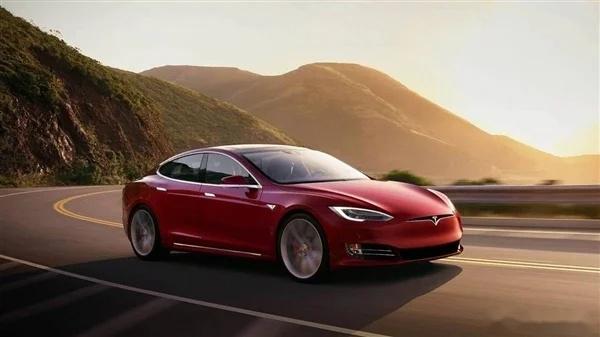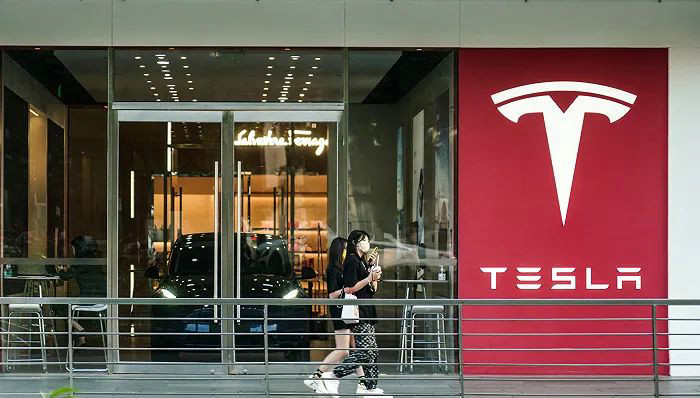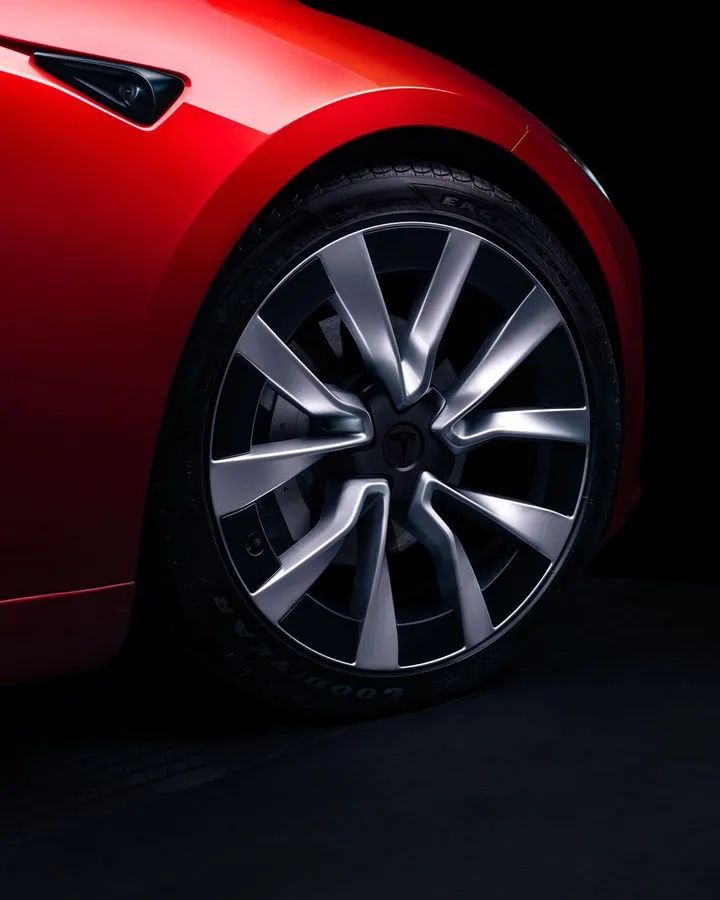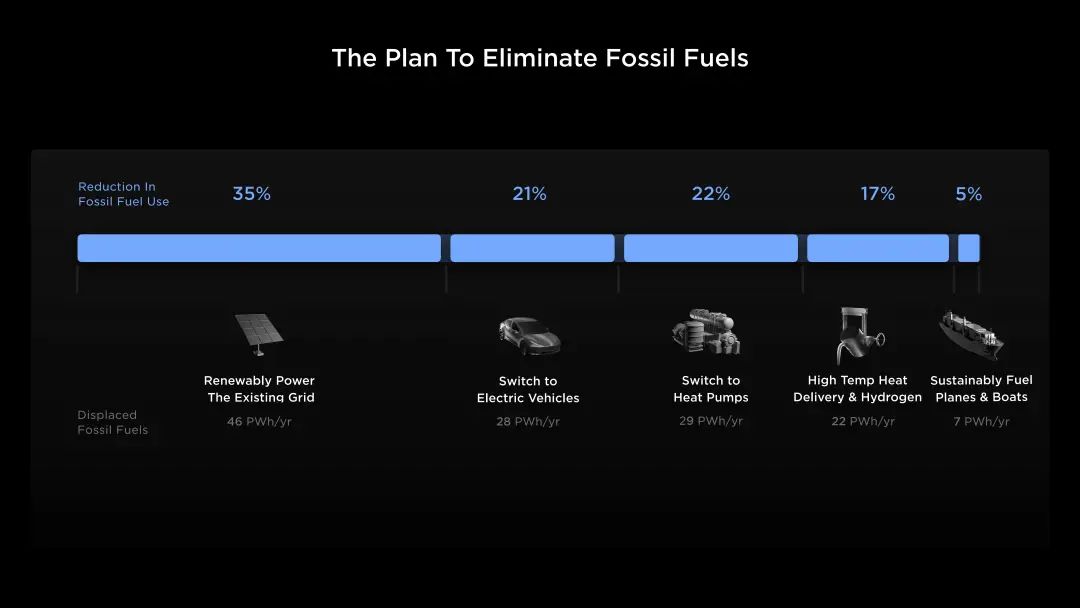Tesla's Price Reduction Goes Unnoticed
If you're not a long-time Tesla follower, you might not be aware that last Friday, Tesla launched a new round of promotional policies in the Chinese market. The leader in the new energy vehicle industry caused the most extensive price war in history last year. However, now its price reductions are going unnoticed and even becoming followers.
The latest round of promotional policies still includes the usual $1,113 limited-time insurance subsidy. According to official statements, with various policy combinations, the highest discount reaches nearly $4,871.
This is not Tesla's first promotional move this year. In the first three months of this year, Tesla has conducted three direct price reductions or subsidy activities, approaching the frequency of last year. In 2023, Tesla carried out four rounds of promotions, including a user referral reward.
The increased frequency of price adjustments does not mean that Tesla is offering prices beyond consumer expectations. In January last year, Tesla directly reduced the prices of the Model 3 and Model Y by $2,783 to $6,680, forcing other car companies such as NIO and XPeng, operating in the same price range, to follow suit. This year, Tesla has only had one direct price reduction, ranging from $904 to $2,157, with the Model 3 still not reaching its historical lowest price.
Tesla's discount intensity is also difficult to compare with other car brands. BYD, which initiated the price war, reduced the prices of some models by more than 10%, and the subsequent release of the Honor Edition models had prices far below the previous versions. Ideal Auto reduced its prices by $4,592 to $4,871, and the starting price of its entry-level model dipped below $41,751 for the first time. The recently launched Zhiji S7, which has been on the market for just one quarter, offers up to $7,654 in purchase discounts. This is an all-electric vehicle that competes with Tesla's Model 3.
In a market where prices are generally decreasing, consumers' wait-and-see attitude has become more pronounced, and their sensitivity to Tesla's promotions has decreased. Market analysts revealed that the latest round of Tesla's offers did not bring a noticeable increase in store visits and sales volume.
The potential crisis implied by this unnoticed promotional move is that Tesla is losing its pricing dominance and public attention in the Chinese passenger car market, ranging from $34,793 to $41,751.
Tesla is facing a serious problem of product aging, and its technological leadership is being surpassed. Chinese car brands have launched more competitive new products in the same price range, with dozens of models targeting Tesla's main models. The 800V architecture platform, 8295 cockpit chips, and advanced urban intelligent driving have become standard requirements for consumers in the market segment above $34,793.
Tesla's product lineup is also very simple, with only five passenger cars, including the low-volume Cybertruck, which has not been launched in China. This makes it more difficult for Tesla to deal with the challenges brought by the product life cycle.
The global leader in pure electric vehicle sales warns that growth in 2024 is likely to be lower than last year, and unusually, no specific sales targets have been provided. Tesla CEO Elon Musk admits that the company is currently between two major growth waves, with the next generation of new products expected to be launched optimistically in the second half of next year.
In an oversupplied market for new energy vehicles, automakers can only capture more market share by keeping up with technological changes and understanding consumer trends. Without new products, Tesla, which used to be the focus of public attention, cannot maintain the same level of interest. Users are now more concerned about the release and price of Xiaomi's first car model. This is still a product competing for market share with Tesla's Model 3.
Wall Street may still treat Tesla as a technology company, but its performance in the Chinese market is becoming more reminiscent of traditional automakers. Most of the "Big Seven" US technology stocks have maintained growth this year, while Tesla's stock price has fallen by a cumulative 23%, the highest decline among the group.
The frequent price adjustments this year also indicate that Tesla is facing greater growth pressure. Considering the slowdown in the growth rate of the pure electric vehicle market and intensified market competition, it is not difficult to speculate that Tesla will continue to prioritize volume over profit for a considerable period of time.
Goldman Sachs predicts that BYD's battery costs will decrease by 22% in 2024, which means it will have more room for price adjustments at the end. In order to continue to stay in China, the world's largest automobile market, Tesla will also need to endure the impact on profit margins.
Affected by the price war, Tesla's gross margin in the fourth quarter of 2023 fell to 17.6%, the lowest level since 2019. The gross margin for the full year of 2023 was 18.2%, a decrease of 7.35 percentage points compared to 2022.
The above is the full content of Tesla's Price Reduction Goes Unnoticed

